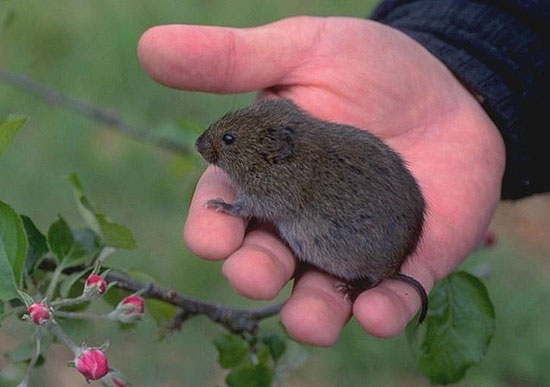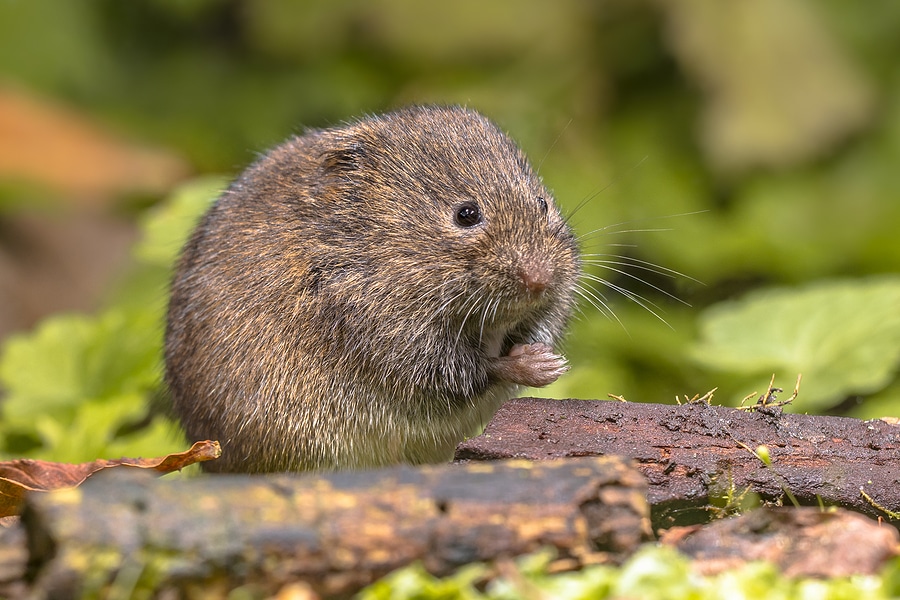Vole Troubles? Effective Control Procedures for Peace of Mind
Vole Troubles? Effective Control Procedures for Peace of Mind
Blog Article
Letting Loose the Power of Vole Parasite Control: Advanced Techniques for Infestation Obliteration and Therapy

Vole Parasite Recognition and Assessment
Voles, small rodents that look like mice however have shorter tails, are frequently recognized bugs in backyards and gardens, calling for thorough analysis to establish the extent of their problem. Recognizing voles includes identifying their distinct features, such as their stocky bodies, brief legs, and small eyes. They are generally around 3 to 9 inches long and can vary in color from grey to brownish.
Examining vole problems is critical for executing efficient insect control approaches. Indicators of vole presence consist of runways in grassy areas, harmed plant life, and little burrow openings near the surface. By checking these indicators, building proprietors can gauge the seriousness of the infestation and develop suitable eradication approaches.
To properly examine vole populations, individuals can establish up bait terminals or traps to record and count the rodents. Furthermore, observing vole activity patterns can offer insights into their numbers and circulation across the affected area. By conducting a comprehensive assessment, individuals can customize their pest control technique to efficiently battle vole invasions in gardens and lawns.
Cutting-Edge Trapping Strategies

An additional cutting-edge trapping method involves the usage of electronic catches that provide a gentle and quick electric shock to remove voles instantaneously. These catches are designed to be secure for usage around pets and youngsters while supplying a very reliable technique of vole control. In addition, some electronic catches are furnished with sensing units and remote tracking capabilities, making it possible for homeowners to track vole task and catch condition from a range, improving the overall effectiveness of vole insect control efforts. By incorporating these advanced capturing techniques right into insect management approaches, home owners can deal with vole problems with precision and concern.
Strategic Exemption Approaches
Applying strategic exclusion approaches is essential in stopping vole problems and safeguarding yards and backyards from damage created by these pests. These barriers ought to be buried at least 12 inches deep and rise 6 inches over the ground to protect against voles from burrowing beneath or climbing up over them.
One more essential exemption technique is the use of crushed rock or rock mulch instead of natural compost. These access points ought to be sealed with materials like concrete or metal flashing to stop vole gain access to.
Eco-Friendly Repellents and Deterrents
Utilizing ecologically pleasant repellents and deterrents is a lasting strategy to handling vole populaces and minimizing damage to yards and backyards. Green options are getting appeal because of their efficiency in warding off voles without triggering harm to the setting, pet dogs, or valuable wildlife. One typical environment-friendly technique is using natural vole repellents such as castor oil, garlic, or killer urine, which develop undesirable scents for voles, driving them far from dealt with locations.
One more environment-friendly deterrent is the usage of physical obstacles like cord mesh or hardware towel to shield at risk plants and light bulbs from vole damage (vole yard damage). These obstacles serve as a precautionary measure against vole breach while permitting appropriate oygenation and water drainage in the soil
Moreover, introducing vole predators like owls or installing nest boxes can help naturally control vole populaces in a yard or lawn. By urging all-natural predators, a well balanced ecosystem can be kept without the demand for harmful chemicals or catches. In general, including environment-friendly repellents and deterrents in vole parasite control methods advertises eco mindful and sustainable practices.
Integrated Insect Administration Solutions
A holistic technique to handling vole populaces and mitigating damages in gardens and backyards includes the thorough strategy of Integrated Insect Management Learn More Solutions. Integrated Parasite Administration (IPM) integrates numerous strategies to resolve vole infestations properly while reducing environmental impact. This technique incorporates organic, cultural, physical, and chemical control techniques to accomplish long-lasting insect control.
One secret element of IPM is the emphasis on prevention. By applying steps such as environment adjustment, exclusion techniques, and maintaining appropriate yard health, house owners can produce atmospheres much less conducive to vole habitation. Additionally, biological controls, such as introducing natural predators or making use of vole-resistant plant ranges, can help take care of vole populaces without turning to chemical interventions.
This minimizes the general chemical load on the ecosystem while effectively handling vole populaces. By adopting Integrated Insect Monitoring Solutions, house owners can accomplish sustainable vole bug control while promoting ecological community wellness in their yards and gardens.
Conclusion
Finally, the advanced strategies for vole insect control discussed in this short article provide efficient solutions for invasion obliteration and therapy. By executing a mix of capturing, exclusion, repellents, and integrated parasite monitoring approaches, residential property proprietors can efficiently manage vole populations and avoid additional damages. It is essential to correctly evaluate and determine vole bugs, and use eco-friendly methods to deal with problems in a lasting way. These approaches offer a comprehensive approach to vole insect control for lasting success.
As the perseverance of vole invasions continues to test building proprietors and agricultural experts alike, Check This Out the pursuit for a lot more reliable and reliable parasite control approaches intensifies. In addition, some digital catches are furnished with sensing units and remote surveillance abilities, enabling property owners to track vole activity and trap condition from a range, improving the total effectiveness of vole pest control initiatives. One usual green method is making use of all-natural vole repellents such as castor oil, garlic, or killer urine, which develop undesirable scents for voles, driving them away my response from dealt with locations.
Additionally, presenting vole predators like owls or mounting nest boxes can aid naturally control vole populations in a yard or yard - vole yard damage. By embracing Integrated Insect Monitoring Solutions, homeowners can accomplish sustainable vole pest control while promoting ecosystem health in their gardens and lawns
Report this page